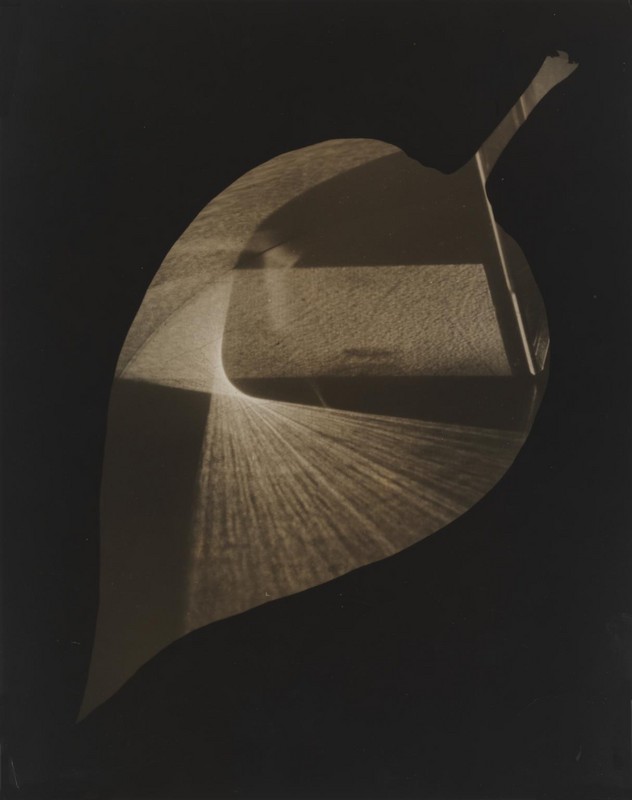György Kepes
06 Mar - 31 May 2015
Discover the ground-breaking photography of artist, designer and educator György Kepes (1906–2001). The first solo exhibition of his work in the UK will explore how he worked across disciplines, experimenting with photography, art and science. György Kepes will showcase 80 of his photographs, photomontages and photograms produced during his time in Chicago, around 1938-42.
Kepes’s photograms, made without a camera, were instead produced in the darkroom by arranging and exposing objects directly on top of light-sensitive paper. The subjects – such as leaves, eyes, feathers and cones and prisms – reflected Kepes’s varied interests and included scientific and mechanical items alongside objects from the natural world.
Invited by Massachusetts Institute of Technology (MIT) in 1947 to found a programme for visual design, Kepes’s theories transformed how students approached the visual landscape. In 1967 Kepes fulfilled his vision to build a community dedicated to creative collaboration between artists and scientists by launching the Centre for Advanced Visual Studies (CAVS), again at MIT. It was here that Kepes continued to experiment with imagery, producing work which laid the foundations for digital technology as we know it today.
The exhibition will also feature his pioneering group of six edited anthologies known as the Vision + Value series, which brought together essays by leading artists, scientists, musicians, designers and philosophers on topics including symmetry, rhythm and motion, nature and environmental arts and the social impact of design. Kepes’s influence is enduring. From former student Saul Bass’s stylised title sequences and posters for films by directors including Stanley Kubrick, Alfred Hitchcock and Martin Scorsese, to the annual Serpentine Marathon curated by Hans Ulrich Obrist, Kepes’s legacy continues to resonate.
György Kepes is programmed as part of Tate Liverpool’s Surreal Landscapes season which explores how the seemingly disparate work of three artists are interconnected by common themes, motifs and objects which create a sense of the surreal.
Kepes’s photograms, made without a camera, were instead produced in the darkroom by arranging and exposing objects directly on top of light-sensitive paper. The subjects – such as leaves, eyes, feathers and cones and prisms – reflected Kepes’s varied interests and included scientific and mechanical items alongside objects from the natural world.
Invited by Massachusetts Institute of Technology (MIT) in 1947 to found a programme for visual design, Kepes’s theories transformed how students approached the visual landscape. In 1967 Kepes fulfilled his vision to build a community dedicated to creative collaboration between artists and scientists by launching the Centre for Advanced Visual Studies (CAVS), again at MIT. It was here that Kepes continued to experiment with imagery, producing work which laid the foundations for digital technology as we know it today.
The exhibition will also feature his pioneering group of six edited anthologies known as the Vision + Value series, which brought together essays by leading artists, scientists, musicians, designers and philosophers on topics including symmetry, rhythm and motion, nature and environmental arts and the social impact of design. Kepes’s influence is enduring. From former student Saul Bass’s stylised title sequences and posters for films by directors including Stanley Kubrick, Alfred Hitchcock and Martin Scorsese, to the annual Serpentine Marathon curated by Hans Ulrich Obrist, Kepes’s legacy continues to resonate.
György Kepes is programmed as part of Tate Liverpool’s Surreal Landscapes season which explores how the seemingly disparate work of three artists are interconnected by common themes, motifs and objects which create a sense of the surreal.

